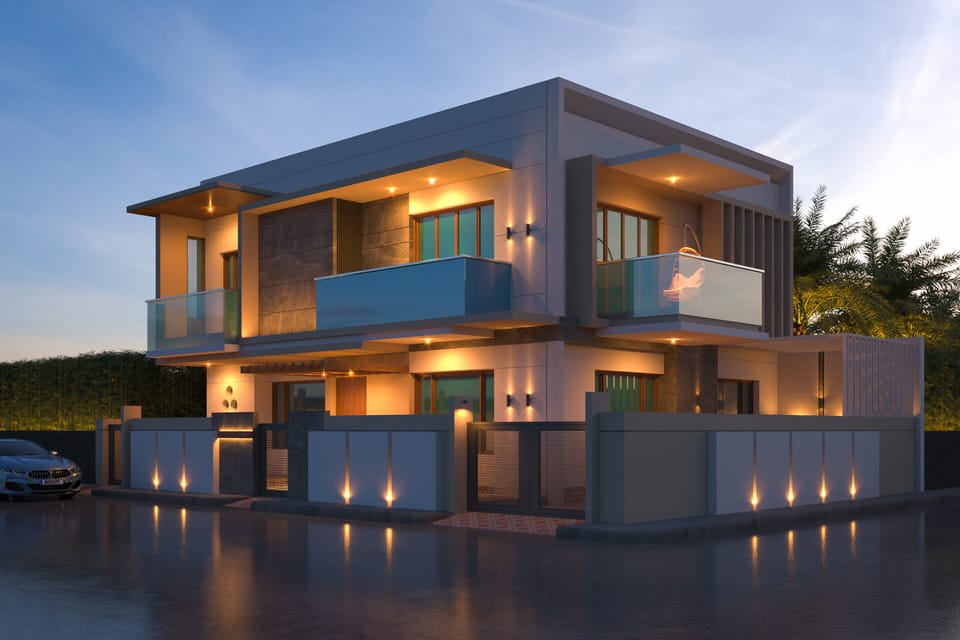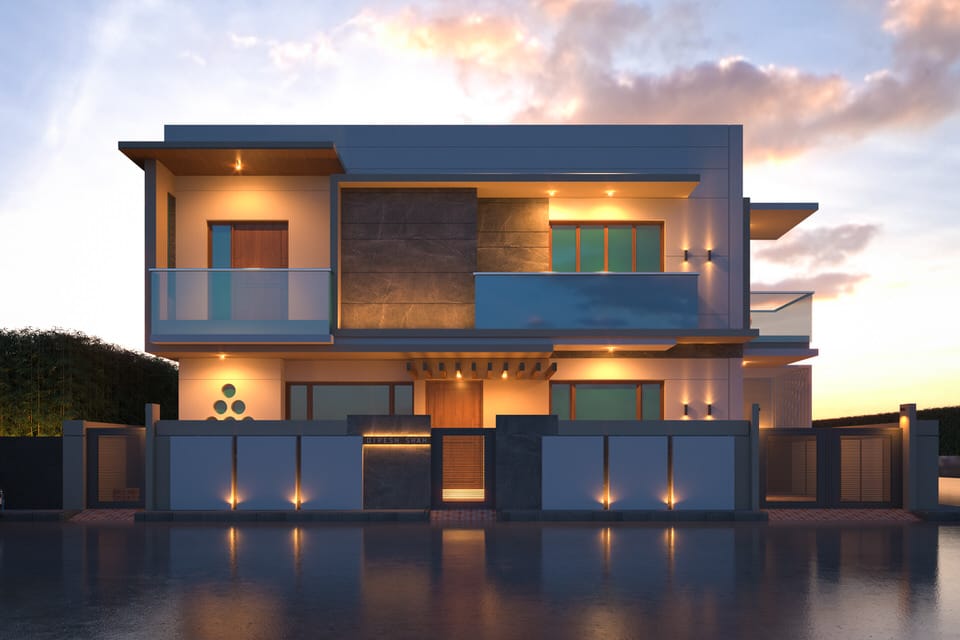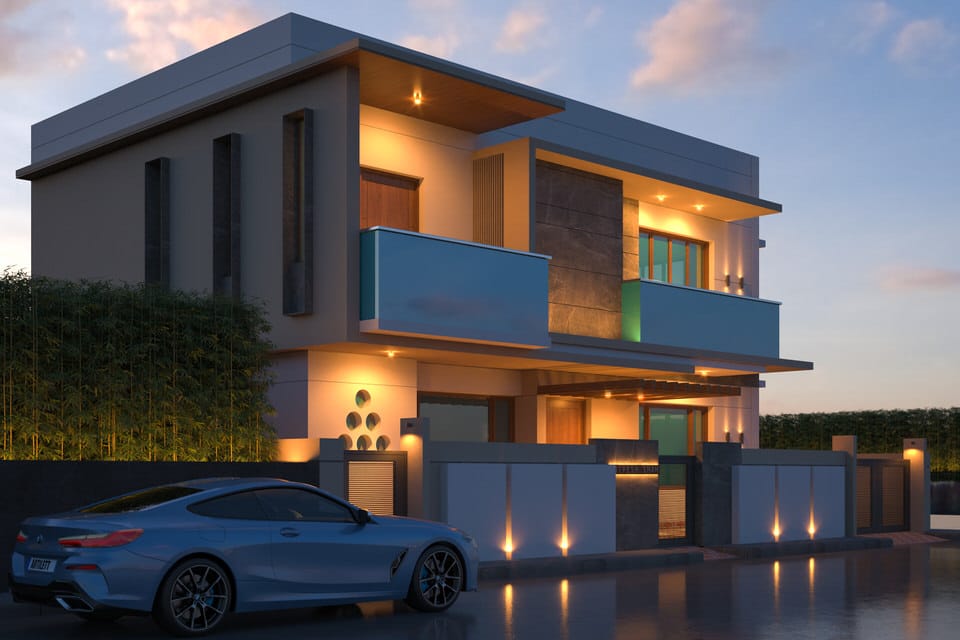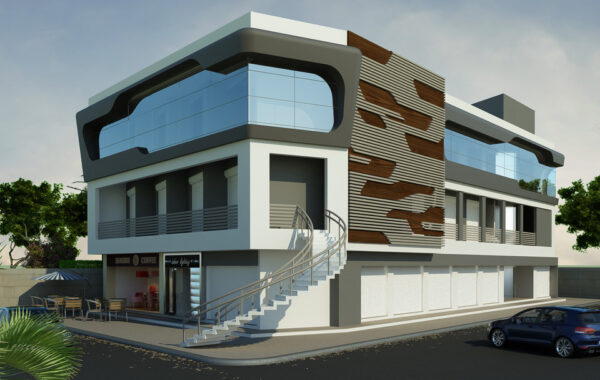In a world filled with chaos and clutter, the appeal of minimalist architecture has surged, offering a serene escape and a fresh perspective on modern living. Minimalist design, often referred to as “the art of simple living,” emphasizes functionality, clarity, and intentionality. This architectural style is not just about aesthetics but also about creating spaces that enhance well-being and foster mindfulness.
Why Minimalism is Gaining Popularity
Minimalism resonates with modern homeowners for its ability to create calm, organized, and timeless spaces. In an era where homes serve multiple purposes—workspaces, relaxation hubs, and entertainment zones—minimalist architecture ensures adaptability without sacrificing style. By focusing on essentials and eliminating excess, this design philosophy aligns with the growing desire for sustainable living and mental clarity.
Key Principles of Minimalist Architecture
- Decluttering and Simplicity
Minimalist homes embrace the mantra “less is more.” Spaces are decluttered to highlight essential elements, creating an environment that feels open and serene. The absence of unnecessary objects allows each piece to serve a purpose, whether functional or aesthetic. - Functional Design
Every element in minimalist architecture is intentional. Furniture often serves multiple purposes, such as storage ottomans or extendable dining tables. Built-in shelving and hidden compartments maximize space while maintaining a clean look. - Neutral Color Palettes
Neutral tones like whites, beiges, grays, and soft earth tones dominate minimalist designs. These colors create a calming atmosphere while providing a timeless backdrop for subtle accents or natural materials like wood and stone. - Open Spaces and Natural Light
Open floor plans are a hallmark of minimalist architecture, promoting a sense of spaciousness and flow between rooms. Large windows invite natural light, enhancing the simplicity and warmth of the design while reducing the need for artificial lighting.
Benefits of Minimalism in Architecture
- Reduced Stress: A clutter-free environment promotes mental clarity and reduces anxiety by eliminating visual distractions.
- Enhanced Organization: With fewer items to manage, minimalist spaces are easier to clean and maintain.
- Timeless Aesthetic: The simplicity of minimalist design transcends fleeting trends, ensuring your home remains stylish for years.
- Sustainability: By prioritizing quality over quantity and using natural materials, minimalist architecture supports eco-friendly living.
- Improved Focus: Open spaces with minimal distractions foster productivity and mindfulness.
Quick Tips for Adopting Minimalism at Home
- Start Small: Begin by decluttering one room at a time to avoid feeling overwhelmed.
- Invest in Multi-functional Furniture: Choose pieces that serve dual purposes to maximize space.
- Embrace Negative Space: Resist the urge to fill every corner; leave areas open to create a sense of balance.
- Incorporate Natural Elements: Add warmth with wooden furniture, potted plants, or stone accents.
- Use Neutral Colors: Stick to soft tones for walls and furniture while adding texture through fabrics or rugs.
- Opt for Smart Storage Solutions: Use built-in cabinets or under-bed storage to keep clutter out of sight.
Minimalism: A Lifestyle Choice
Minimalist architecture is more than just a design trend—it’s a lifestyle that encourages intentional living. By simplifying your surroundings, you make room for what truly matters: meaningful experiences, relationships, and peace of mind.
Conclusion
Minimalism in architecture goes beyond aesthetics—it transforms how we live by fostering simplicity, clarity, and purpose in our homes. As we embrace this philosophy, we not only create beautiful spaces but also enhance our mental well-being and connection to the environment. In the art of simple living lies the secret to a harmonious life where less truly becomes more.









